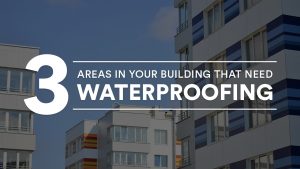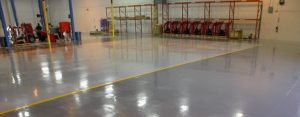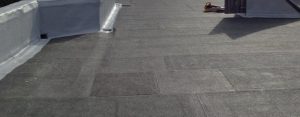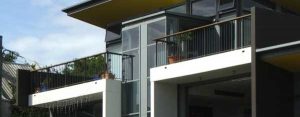If you’re a new business owner or one who’s recently moved into a new establishment, the first few things you’ll want to make sure of is that your building is protected against natural elements.
Checking if there are any current waterproofing measures is crucial, as a lack of these can result in external and internal damage to your building.
But which parts actually need waterproofing?
To avoid paying additional costs from doing work in areas that don’t need to be waterproofed, it’s important to know what these hotspots are. Here are three areas in your building that need waterproofing.
Wet areas
As the name suggests, a wet area is a place within your building that is frequently in contact with water. Therefore, it’s no surprise that these areas need to be waterproofed.
In many properties, the floor of the wet area is mostly made of concrete. One of the best concrete waterproofing measures to consider is epoxy coating. As well as being an effective waterproofing measure, epoxy coatings are also available in a range of colours and finishes. These include non-slip for walkways, heavy-duty for vehicle traffic and reflective finishes for aesthetic value and walkway markings.
Roofs
As your roof will be exposed to the elements, waterproofing it is vital to avoid ruining your building’s exterior. Most importantly, it will prevent water from seeping in and doing damage inside.
One of the best waterproofing techniques to use on your roof is sheet and torch on membrane method. This consists of using a torch to tightly bond a waterproof membrane to your roof, protecting it from any possible water damage.
Balconies
If not waterproofed, your balcony will be left highly susceptible to all the symptoms of water damage. This includes rotting, development of cracks and loosened tiles.
However, the worst that could happen is when the balcony itself collapses. This can be extremely dangerous especially if someone is on or under the structure when it caves in. In order to avoid these scenarios, you’ll need to waterproof your balcony as early as possible.
Balconies can be waterproofed through two methods – sheet and torch on membrane waterproofing and liquid membrane waterproofing.
If your building has a large balcony, sheet and torch on membrane is an ideal choice. However, if it’s too small or has too many intricate details, using liquid membrane is your best option as it uses a fluid solution to cover all those hard-to-get spaces.
These are just some of the areas that you should waterproof when you move into a new building.
If, upon moving, you find that the waterproofing measures in these areas need to be installed or replaced, think Titan Waterproofing – one of the leading commercial waterproofers in Sydney. We have many years of experience in applying different waterproofing methods to commercial buildings and we’ll work with you to find the best solution for your business.
If you’d like to learn more about how Titan Waterproofing can help you, give us a call on 1300 761 219.





